Gaziemir, one of the 30 districts of Izmir, was recognized as “Chernobyl of Izmir” due to the nuclear waste that remained in the soil for decades. The nuclear waste was detected in the grounds of The Aslan Avci Lead Factory in 2011, soon after the factory moved away to an other district of Izmir and the company was sentenced to pay the highest environmental penalty of 5.7 million Turkish Liras for its polluting the environment. Being at a distance of 75-100 meters from two primary schools with over 1000 students attending each, it is located in the middle of the town.
Despite the fact that authorities were informed by press releases of environmental organizations such as Aegean Environment Platform(EGECEP) and Anti-Nuclear Platform Izmir (NKP Izmir), negligence remains with the radioactive waste in the soil. As a result of being affected negatively the civil society claimed lawsuits in 2014 for the sake of public health and psychology but the problem remains unsolved as civil society excluded from the legal process. According to the statement by experts, the amount of the waste were known as 100 thousand tones; but today new facts are emerging regarding the amount being twice or triple more.
This article aims to draw the readers’ attention to find a solution by being the voice of victims. It highlights the results of living in a toxic and radioactive environment, provides information regarding the institutions which used to be responsible, and asks who is responsible within the system called Presidential system which we are now in since 2018.
A 70 year problem
Scraps and various parts were brought to the factory grounds and processed in the recycling facility as a part of operations at Aslan Avci for 70 years. But operations that caused toxic waste and were never supervised by authorities have been affecting residents in the neighbourhood. Despite an increase in urbanization and its being made a district due to the population growing to hundreds of thousands living in the neighbourhood, the lead recycling process continued in the factory untill 2011. However, the path of ambition and lack of supervision extended the operation all the way to bringing nuclear wastes in the factory grounds.
The waste which was buried in the land of Aslan Avci entered the public agenda 2007 for the first time upon the residents noticing it, and it became top news. It was also confirmed by the Turkish Atomic Energy Agency (TAEK) that nuclear waste had been buried in the field of Aslan Avci Lead Factory and the material under the soil was Europium 152( EU 152)with half life of 13 years which can be found in used nuclear fuel. But although 7 years have passed, no legal action was taken to protect society untill the company owners were sued as a results of complaints raised by the residents in 2014.
The judicial process which was carried out by Plaintiff attorney Arif Ali Cangi and the company was sentenced to pay 5.7 million TL (approx. 815 thousand EUR), the highest environmental penalty ever declared in Turkey. However, the factory owners objected to the penalty and ignored the court decision and refused to apply for an Environmental Impact Assessment (EIA) for the decontamination process. As a result the company attempted to carry out the radioactive decontamination through makeshift methods. Claiming that there was a violation of right to property, the defendants applied to the Constitutional Court (AYM) but, they experienced a second shock in February 2019 when the final decision of the court was declared since the AYM did not intend to interfere with the right to property and the sentence of 5.7 Million TL fine was was declared as appropriate and proportionate.
‘A smell of a mixture of hydrochloric acid and bleach’
After introducing some cases chronologically, this article will try to provide an understanding of how the residents who have been left to live with radioactivity within toxic waste in the neighbourhood and how they are affected in their daily lives. Especially at the time of the Covid-19 threat when it is “normal” to be closed in interior spaces, imagine you had to avoid even opening a window due to the existing smell of a mixture of hydrochloric acid and bleach. Gaziemir residents have been living in such conditions that a pregnant woman is afraid for her baby’s future and her voice trembles. Another woman in the neighbourhood who moved to Gaziemir after her marriage tells how they have been suffering from the smell for 17 years so that she never allows her children to play in front of the apartment building. The smoke rising after the rain and the red dust brought by the wind too means we need to worry, while reminding the nuclear waste.
On the other hand, these externalities also make negative impact on health…. While some residents suffer from asthma diseases in the neighbourhood, there is also a risk that the nuclear-contaminated wastes which was buried in the soil are flammable through chemical reaction. It was February 2019 when the firefighters said “This is a bomb ready to explode!,” when fire started in the factory grounds.
Not 100 thousand but even 250-300 thousand tons of radioactive slag!
Despite of the fact that the public health has been ignored for 13 years and no precautions have been taken, the scale of the problem is likely even bigger than what the public knows. According to the statement of a witness who had worked at the factory, nuclear waste was brought into operation at the end of 2006 and processed. Meanwhile, the recycling of scrap nuclear fuel rods caused radioactive contamination of scraps that were recycled consecutively, due to the usage of same furnaces in the subsequent processes. Earlier waste was contaminated as well, since nuclear waste was burried in the ground on top of others. As a matter of fact, according to the witness’ court statement, some waste was sent to the disposal facility of the municipal waste management company IZAYDAS, but were rejected due to the radioactivity detected.
In short, the entire land of Aslan Avci factory is radioactive, and such an amount of radioactive waste has been mixed within the soil that the amount of radioactive slag corresponds to 250-300 thousand tons. According to the results of measurement and analysis performed by the Environment and Urbanization Ministry, Atomic Energy Agency of Turkey (TAEK) and universities on the factory grounds, it was determined that there was a mixture of radioactive and chemical pollution in varying proportions of waste [1]. Even in the official reports, it is stated that there are toxic elements such as lead, arsenic, zinc and manganese in the soil, together with the radioactive element EU 152”. However, if the amount described above is true and the amount that radioactive pollution is around 250-300 thousand tons, the reason for not taking precautions up until now might be the “difficulty in dealing with the problem”.
Since it is so difficult for them to acquire it, the defendants who own the Aslan Avci factory attempted to convert the EIA decision which the court mandated to “a hazardous waste recycling project” permit instead. In other words, they tried to get a permit again for a factory in the middle of the neighbourhood by assigning the 3rd Party company Turanlar to start recycling within the grounds. Plus, the statement in EIA such as “In general, there is no radioactive pollution observed in the field other than the waste stored on the surface” is proof of how oblivious institutions regarding the issue acted.
Who is responsible? Nuclear Regulatory Institution (NDK) or Energy, Nuclear, Mining Research Institution of Turkey (TENMAK)?
The new address of this nuclear waste problem in Gaziemir District was previously followed by mainly TAEK now seems to be performed by NDK which is an institution announced by presidential decree in December 2017, just 1 month before the announcement of the Presidential System. Indeed since TAEK is abolished, the responsibilities of NDK concerning nuclear risks seemed to be safety of people and the environment; safety of nuclear facilities; management of radioactive wastes and radiation safety [2].
On the other hand, while the former staff of the “abolished” TAEK were transferred to the units of NDK, we can see that TAEK was only “closed” two years later in March 2020 [3]. NDK was so insufficient in covering TAEK’s tasks that TENMAK which is to combine nuclear research with mining, R&D and renewable energy categories under the same roof was established. As a result, TAEK with 65 years of experience was divided according to administrative, social and technical branches.
Although we can assume that TAEK’s human resources and historical know-how were transferred to both NDK and TENMAK, it is obvious that this new situation will not let these institutions to act freely and match TAEK’s ability to make a holistic and independent assessment. On the other hand, TENMAK activities are subjected to the budget of the Ministry of Energy and Natural Resources while it inherits TAEK for all its scientific references. Despite NDK refering to TAEK for its scientific approach, NDK has the President as its top authority and it seems to be the only decision-maker for the processes such as radiation safety and social health risks related to nuclear processes.
In fact, a name close to the current government, Mehmet Emin Birpinar, Deputy Undersecretary of the Ministry of Environment and Urbanization, in 2013 had also confirmed the detection of radioactive slag and warned the public against even using the groundwater due to the risk of these wastes mixing into the groundwater[4]. It is obvious that Gaziemir is the first test of NDK[5], it has been 2 years since the exam started, and NDK has practically failed.
In summary, this failure for the disposal of nuclear waste in Gaziemir District has become a structural problem, since the Municipality of Izmir is not even authorized to consider a solution for the problem within its 2020-2024 Strategy Plan for Gaziemir Municipality, since it is a nuclear matter NDK is the address to make every decision.
For Gaziemir, NDK should immediately start the decontamination process and radioactive slag should be removed and sent directly to the disposal facility. But supporting the construction of Akkuyu Nuclear Power Plant even over the Covid-19 pandemic crisis, we can not expect the NDK to act candidly even in case of a nuclear accident.
*
Notes
[1] Removal of Radioactivated Wastes by Physical Methods, Cleaning of the Site and Recovery of Lead Obtained Project, Final EIA report here
[2]Nuclear Regulatory Authority’s legislation and regulations here
[3]Details about TENMAK here
[4] The highest penalty for environment pollution in Turkey here
[5]Nuclear regulatory Authotiy(NDK) and Gaziemir here

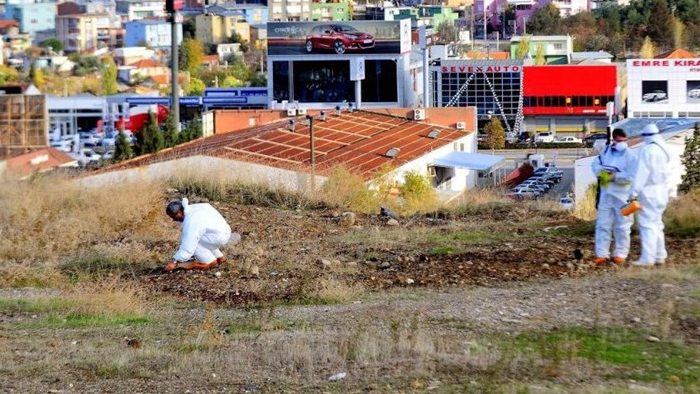
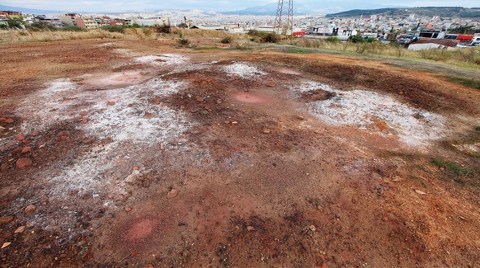
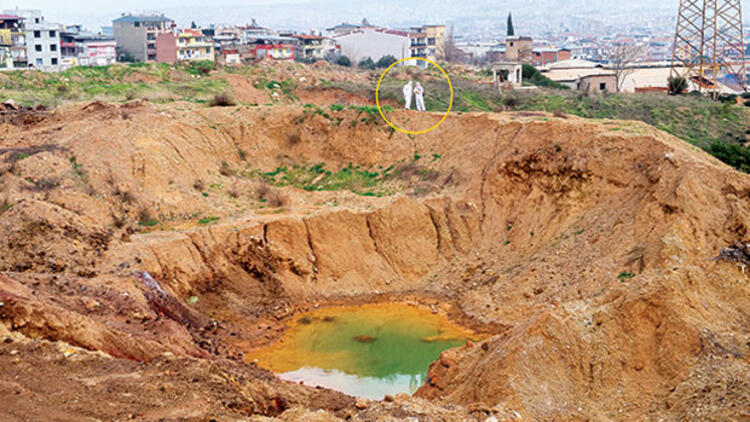

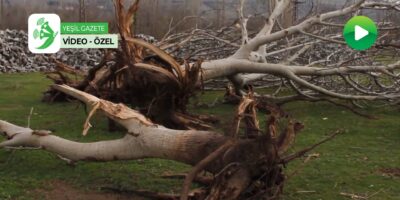
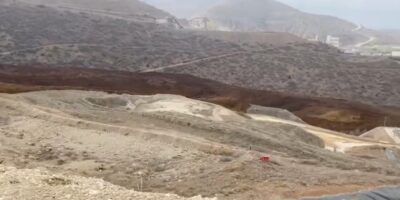
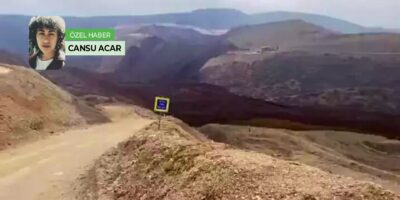
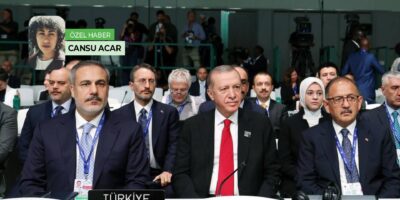

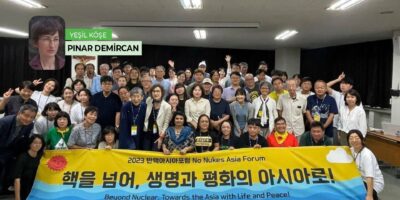


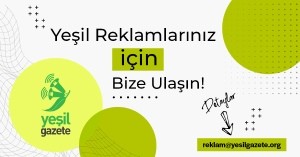

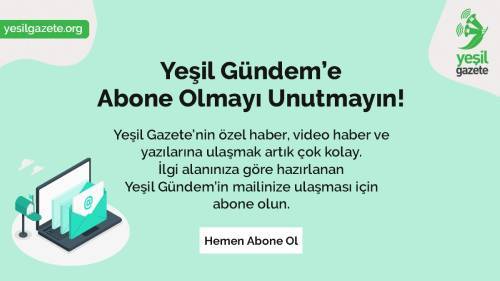
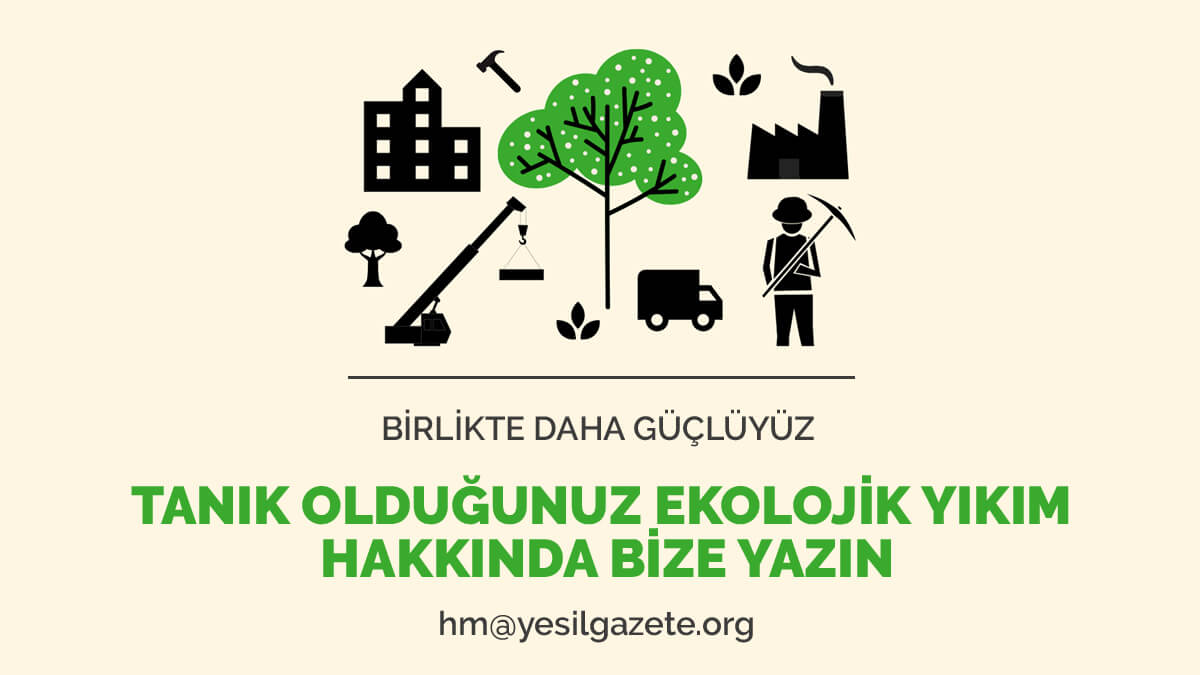

Comments